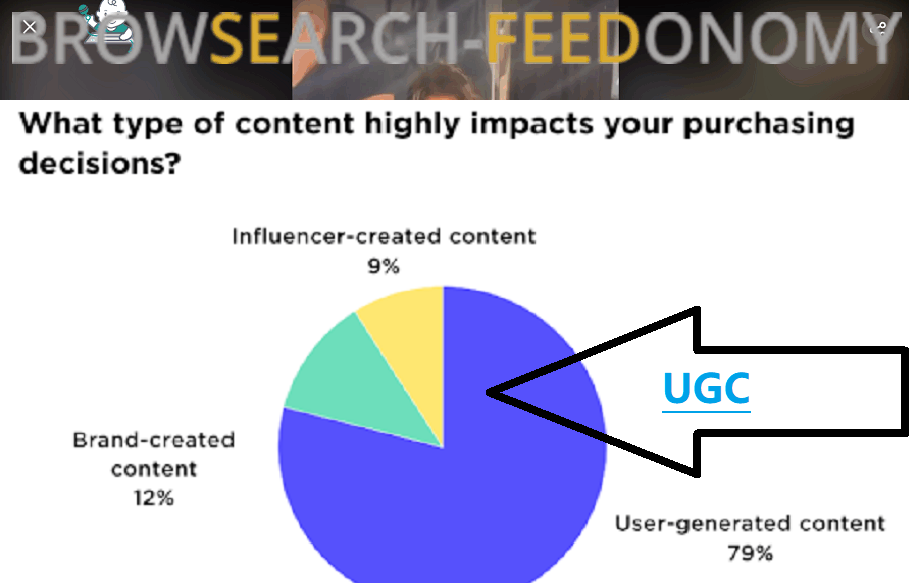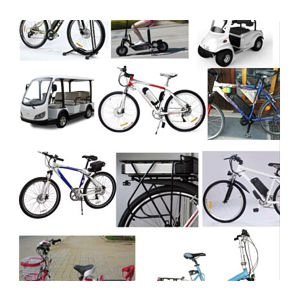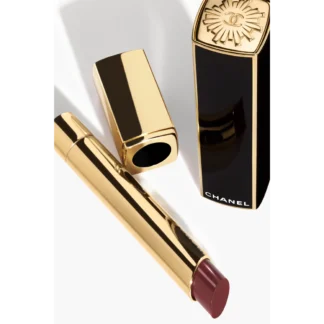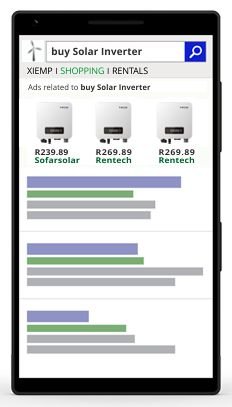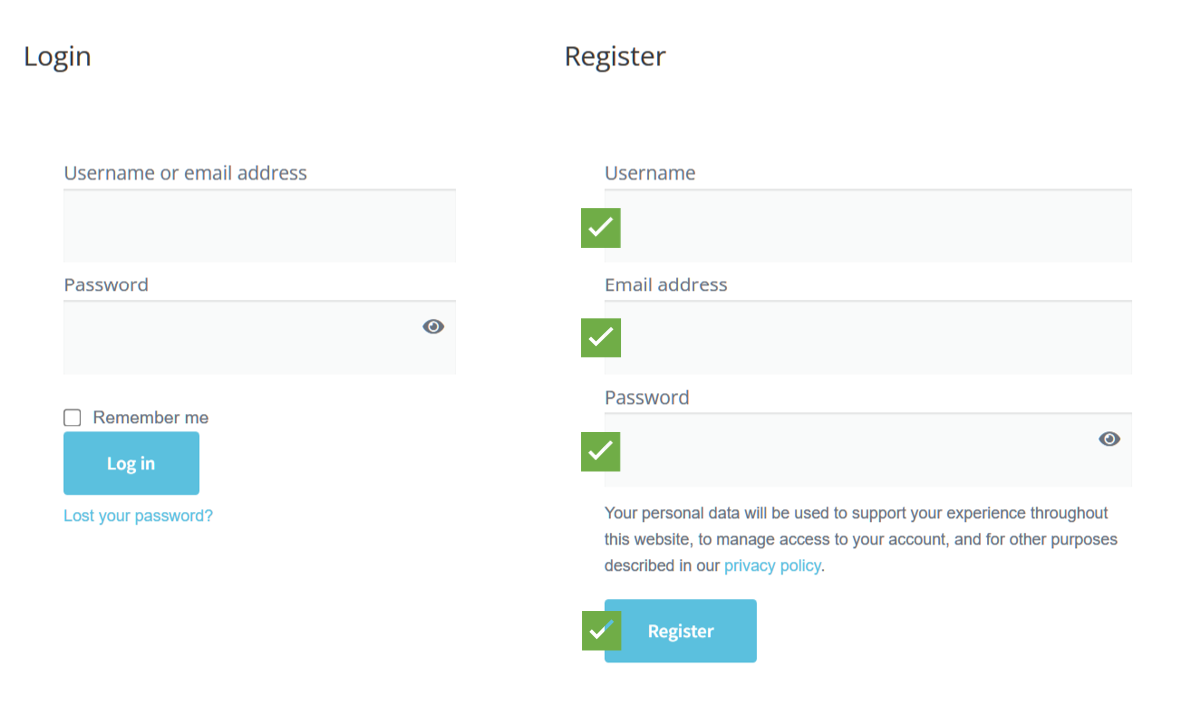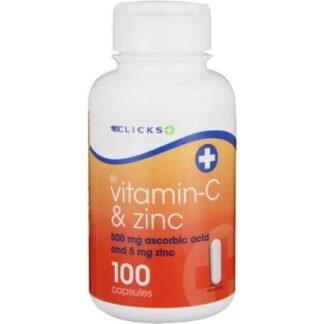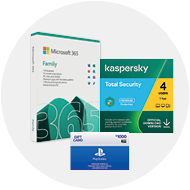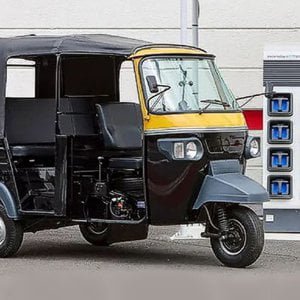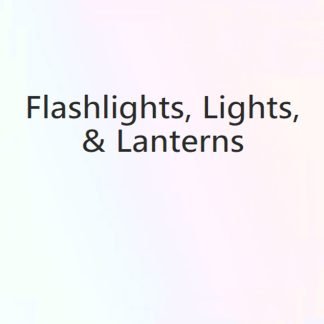Shreelekha Singh, Content Writer at Videowise
10–13 minutes
Remember when professionally shot videos and glossy brand images alone could sway your buyers?
That’s long gone.
Today’s savvy shoppers want authenticity. And user-generated content (UGC) is the key to building an authentic brand image.
Combining UGC images and videos can give you the best of both worlds. Images provide real-world context and show your products in action. Videos offer a 360-degree view of the product’s look, feel, and functionality.
Not sure how to use UGC images with videos? We created this guide with six best practices to leverage UGC images to optimize the buying experience and drive conversions.
4 reasons to use UGC images with videos
Videos excel at storytelling. They can evoke emotions and create immersive experiences that keep viewers glued to their screens.
UGC images complement videos by sharing real-life customer experiences. They build social proof that videos alone can’t match. Here are a few reasons you should use both user-generated images and videos for your eCommerce brand:
1. Build authenticity and trust
Today, people resonate more when they see products used in real-time.
Professional or model photography doesn’t cut it anymore. These polished photos don’t invoke trust and relatability for your customers.
When shoppers see real people using and loving your products, they feel a stronger connection that nudges them to place an order. Real-life, unfiltered images help potential customers visualize themselves using a product.
2. Increase reach and engagement
While videos can convey customer experiences in detail, UGC images capture spontaneous, shareable moments to maximize viewer engagement.
Leading brands like Ava Estell blend UGC videos with before-and-after photos of actual users. This UGC strategy helped the brand gain revenue worth £743K with a conversion rate of 21%.
.png?width=2000&height=761&name=image%20(86).png)
When customers share their experiences through images, they give potential buyers a true picture of your product’s effectiveness.
The result? These UGC images engage buyers better and expand your reach.
3. Support video messages with images
If your product videos showcase several key features, UGC images can show how real customers benefit from these capabilities.
These photos can build a strong narrative for your brand across the board. Whether it’s social media posts or email campaigns, use UGC images to showcase your product and build social proof on all your marketing channels.
4. Save costs on professional video production
Professional video production can eat up your budget faster than you can say “action.” Curating user-generated images is a more cost-effective method for building brand awareness.
Plus, the authenticity of UGC images works better than professional content. So, it’s a win-win with lower costs and higher impact.
How to integrate UGC images with video content effectively
You need an airtight strategy to use UGC images with videos on your eCommerce website and other channels.
Here are 6 ways to use user-generated images alongside video content.
1. Collect and curate the right UGC images
Not all user-generated content is worth showcasing on your website. You need to spend time evaluating and curating high-quality UGC before publishing anything on different marketing channels.
Here are a few tips to collect and curate UGC photos:
- Set clear guidelines: Define specific criteria for UGC that align with your brand. Consider factors like image quality, brand messaging, and the themes covered.
- Work with a rating system: Implement a simple 1-5 star rating for each UGC post. Consider aspects like visual appeal, relevance to your brand image, and potential impact on your audience.
- Diversify your selection: Aim to select a mix of UGC targeting different product uses, customer demographics, and scenarios. This variety can help you reach a broader audience and show your products’ versatility.
Remember, the goal isn’t simply to collect UGC. You need to curate the best content to talk about your brand through your customers’ eyes.
2. Add UGC images to multiple sections of the website
Each section of your website offers unique opportunities to showcase UGC. While product pages are a natural fit, higher engagement comes from sprinkling user-generated content across multiple sections.
Product pages
Instead of relying solely on professional photos, add customer-submitted images and UGC videos throughout the product page.
Think UGC in galleries, reviews, and even as part of the main product imagery to provide a real-world perspective.
Glossier excels at this approach. The beauty brand features user-submitted photos on their product pages, showing real people using their products in everyday settings. This helps people visualize how the products might look on them.
.png?width=2000&height=974&name=image%20(87).png)
Community pages
Every eCommerce store can create a better buying experience with a dedicated UGC hub.
You can identify the best ways to generate user content through challenges, contests, or user stories. Actively collaborate with your community to add fresh and engaging content to this section.
GoPro’s GoPro Awards page serves as a great example.
They’ve created an exciting space where adventurers share their best photos and videos taken with GoPro products. The brand also hosts contests and features top entries to grow their community.
.png?width=2000&height=918&name=image%20(88).png)
3. Pair interactive videos with “Shop the Look” images
“Shop the Look” UGC images let customers click and buy individual items from styled outfits or scenes.
With pre-styled combinations, people can make an informed decision quicker without getting trapped in a choice paralysis.
Create ‘Shop the Look’ images that show your products in real-life contexts relevant to your audience. Think outfit ideas for various occasions, room setups for different home styles, or themed collections for specific lifestyles.
For example, Alfa Outdoor’s product pages feature styled outfit photos with clickable items.
Customers can instantly view details and add any item they like to their cart. This way, the brand can show its products in action and leverage cross-selling for complimentary products.
.png?width=2000&height=1030&name=image%20(89).png)
4. Create shoppable UGC videos
Shoppable UGC videos show your products in action through real customer experiences. This could include unboxing videos, try-on hauls, before-and-after transformations, and customer-created styling or usage tips.
These shoppable videos are particularly effective for websites where traditional product demos aren’t feasible.
For example, an electronics brand might create an “Unboxing Experience” tour featuring customer videos of unboxing and setting up their products.
In fact, Busy Baby Mat uses a curation of shoppable user-generated videos to achieve an 11.49% conversion rate.
The brand features a “How Customers Use” section to share different usage tips on product pages. This section includes customer-submitted videos showcasing the product in various real-life scenarios.
.png?width=2000&height=956&name=image%20(90).png)
5. Leverage UGC for customer support and FAQ
Did you know that 69% of customers want to solve their issues independently before contacting support?
UGC-enhanced support pages can deliver instant support and save shoppers the struggle of finding answers.
Adding UGC to your FAQ pages provides real-world examples for enhanced troubleshooting or hands-on guidance. You could add a selection of how-to videos, best practices, or community discussions on your eCommerce site.
For example, Fable & Mane has a dedicated playlist titled “How to scalp massage with HoliRoots.” This playlist includes 14 videos featuring real customers with their best tips for using the brand’s products.
.png?width=2000&height=896&name=image%20(91).png)
?Pro tip: Integrate your UGC videos directly on your website using Videowise. Easily find relevant UGC content from different channels and curate the best user-generated FAQ videos on your store.
6. Design a featured UGC reviews section
Instead of scattering customer reviews across your website, you can create a dedicated page for featured reviews with UGC images—especially if you sell visually-driven or lifestyle products.
Here’s why a UGC review page can be helpful for your eCommerce brand:
- Build social proof: Visitors can easily find and browse authentic customer experiences in one place.
- Improve SEO: A content-rich page with fresh, user-generated content can improve your search engine rankings for product-related terms.
- Inspiration hub: Potential customers can explore creative ways others use your products, potentially leading to increased average order value.
For example, Manly Bands has a “Reviews” page that showcases a diverse collection of real customer images alongside reviews. This page shows their unique rings in various settings and helps potential buyers envision the products in their own lives.
.png?width=2000&height=1681&name=image%20(92).png)
How to integrate images and videos with Videowise
Videowise is designed to level up your business with visual commerce.
You can use Videowise to add UGC photos and videos to your online store and create immersive experiences. Videowise is a versatile platform that automatically sources relevant content, converts it into shoppable videos, and analyzes performance.
Here’s how you can use Videowise to add images and videos to your online store:
Step 1: Find the best UGC images across social media
Use Videowise’s Automated Social Listening capability to discover and save the most engaging user-generated images from TikTok and Instagram.
You can also follow relevant accounts and hashtags to keep up with what fits your brand.
.png?width=2000&height=1710&name=image%20(93).png)
Step 2: Request and manage creator usage rights
Request and manage usage rights directly using Videowise. You can send collaboration requests to Instagram and TikTok creators. And appprove requests within the app to avoid lengthy back-and-forth communication.
.png?width=2000&height=1710&name=image%20(94).png)
Step 3: Collect UGC images easily from your website
Use Videowise’s drag-and-drop interface to add an invitation for UGC image submissions directly on your website.
You can also use these banners in your emails, text messages, or QR code ads to reach more customers.
.png?width=2000&height=1710&name=image%20(95).png)
Step 4: Monitor UGC video performance
Use the creator and social reports to see how well your UGC posts perform. Track engagement rates, conversions, and other metrics to refine your strategy and improve customer interaction.
.png?width=2000&height=1710&name=image%20(96).png)
Blend UGC images and videos to dominate your market this year
UGC videos and images are like meatballs and spaghetti—delicious solo, but when you put them together on your eCommerce site, customers will keep coming back for more.
The bottom line: Videos are great for showcasing your products in action. But images enhance authenticity by giving customers a real-world glimpse of your offerings in everyday situations.
The next best step is to send your creators a guideline on the types of UGC images you’re looking for, then use Videowise to integrate that content strategically throughout your website. Book a demo to learn more about leveraging Videowise for UGC marketing.

